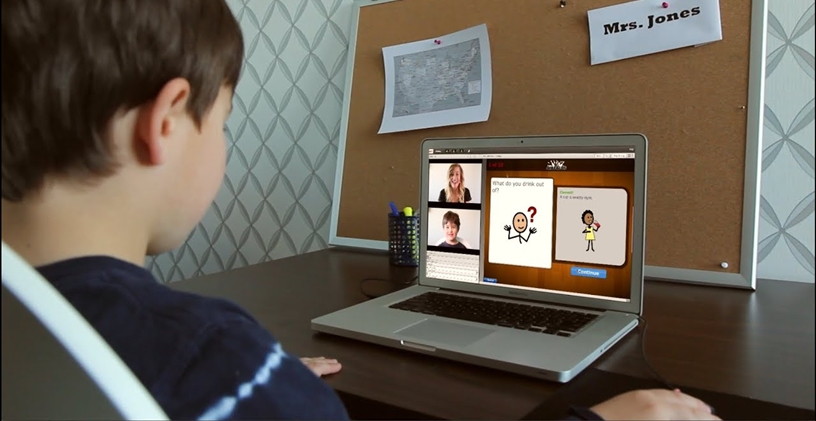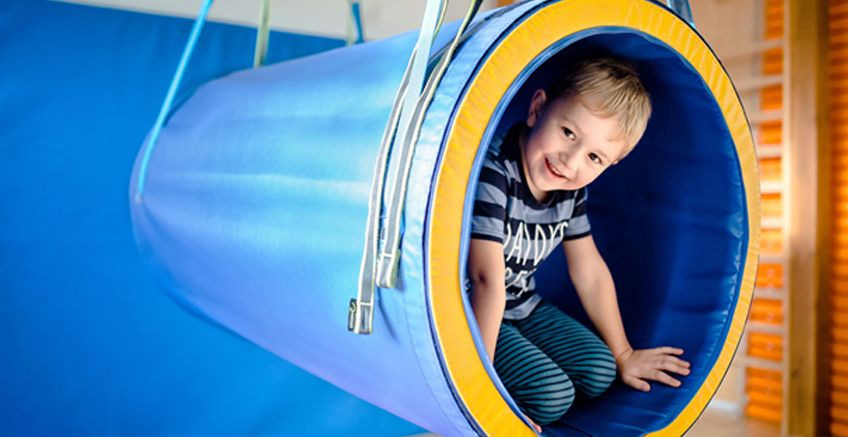The STAR Approach to Disordered Sensory Processing (SPD)

Children with sensory processing difficulties often require unique interventions designed to meet their individual needs. STAR is an intervention intended for children with sensory processing challenges including autism, attention-deficit hyperactivity disorder, and other developmental and behavioral diagnoses. This comprehensive intervention is based on the interconnected and bi-directional nature of sensory integration/processing, regulation, and relationship, and their functions as the foundational components to development, health and well-being.
STAR combines sensory integration therapy principles (Ayres, 1972, 1979)), concepts from DIRFloortime (Greenspan & Wieder, 1998), and a unique understanding of regulation and physiological arousal to support neurodevelopmental and emotional growth for the children and their families. Key to this approach is the emphasis on parent education and parent participation actively in treatment sessions and goal development.
STAR is a comprehensive approach including thorough assessment of the impacts of sensory challenges on regulation, relationship and other aspects of daily life and function. Evaluation includes data from multiple sources (clinical observations, standardized assessments, parent/teacher report), is process-based, and seeks to answer how the child’s sensory impairments impact engagement in relationships, regulation and functioning in daily life.
Assessment includes analysis of the child’s sensory profile based on the SPD Nosology (Miller, Anzalone, Lane, Cermak, & Osten, 2007). The goals developed at the end of the evaluation reflect the parents’/teachers’ priorities and an understanding of the sensory, regulation, relationship challenges revealed in the child’s profile.
STAR’s intervention approach is referred to as PROCESS. PROCESS stands for Play, Relationships, Organize/Regulate, Collaborate, Enjoy/Emotional regulation, Sensation, Success. These are all key therapeutic principles instilled in each and every treatment session. Using this approach, the clinician is able to identify PROCESS points – unique, individualized strategies that support success. These PROCESS points then become the underpinnings for the use of the ASECRET tool and the focus of teaching to the parent during treatment sessions. The complex clinical reasoning of occupational therapy using STAR is described by the clinical tool ASECRET (Attention, sensation, Emotion, regulation, Culture, relationship, Environment, Task). This tool is used both as a clinical reasoning tool for clinicians and as an educational aid and empowerment strategy for families/teachers. Each component of ASECRET represents an element that can contribute to the child’s success in daily life, assisting the family to be more in control. Each element of ASECRET is evaluated in terms of how it may support or hinder the child’s participation in a challenge. The therapist works in collaboration with the parent/teacher to identify which components of ASECRET are altered to support performance in a challenging task. The therapist’s ultimate goal is teaching the parent to use the approach independently.
STAR uses both parent education meetings and parent in-session trainings to support parent understanding and carry-over.
References:
By Mim Ochsenbein, MSW, OTR/L
Based on the work of Lucy Jane Miller, Sarah A. Schoen, Virginia Spielmann (2019)
Ayres, A.J. (1972). Sensory integration and learning disorders. Los Angeles, CA: Western Psychological Services.
Ayres A.J. (1979). Sensory integration and the child. Los Angeles, CA: Western Psychological Services.
Greenspan, S.I., & Wieder, S. (1998). The child with special needs: Encouraging intellectual and Emotional growth. Reading, MA: Addison-Wesley/Addison Wesley Longman.
Miller, L. J., Schoen, S. A., & Spielmann, V. A. (2019). A frame of reference for sensory processing difficulties: Sensory therapies and research (STAR). In P. Kramer, J. Hinojosa, & T.-H Howe (Eds.), Frames of reference for pediatric occupational therapy (4th ed.). Philadelphia: Wolters Kluwer.







